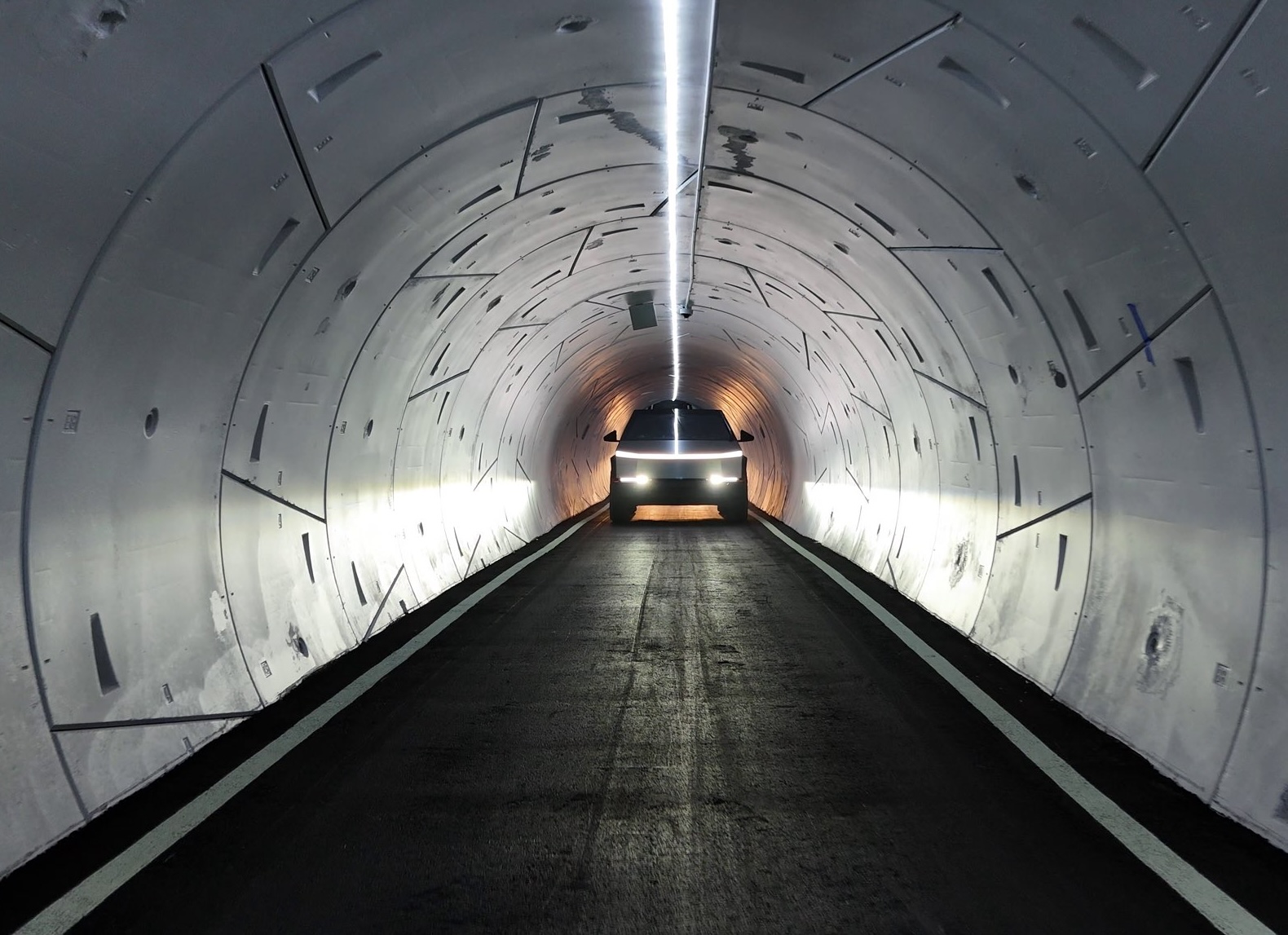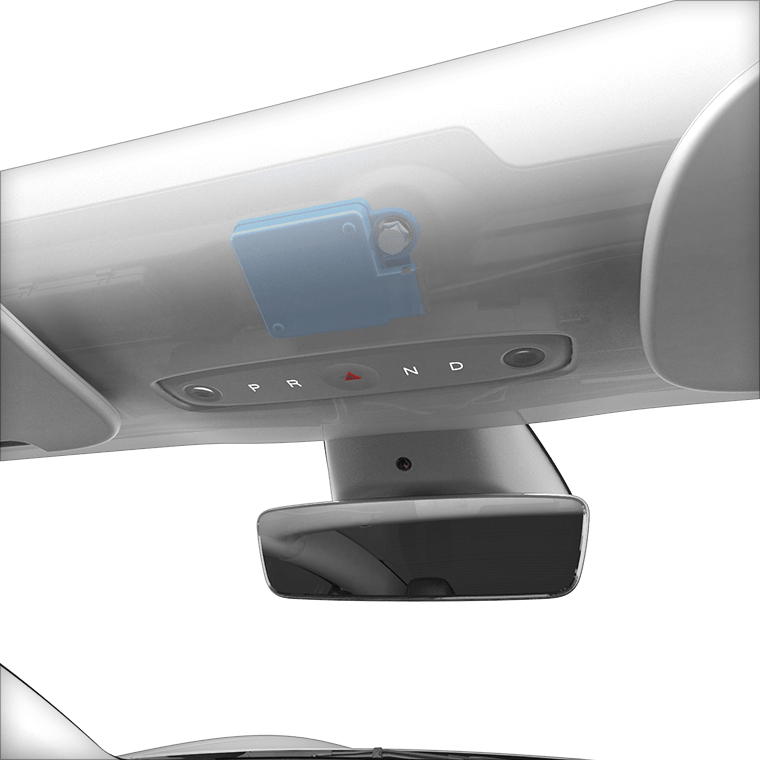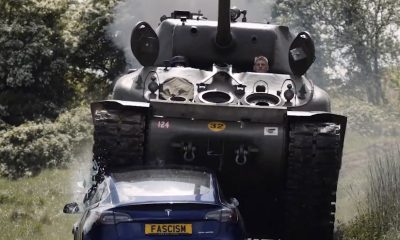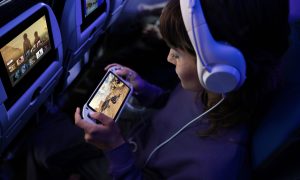News
Starlink executives meet with India’s Commerce Minister

Starlink is advancing its India entry plans, with senior executives meeting Commerce Minister Piyush Goyal.
Starlink senior executives and Minister Goyal discussed investments and partnerships in India. The talks are pivotal for Starlink’s entry into the Indian market. Starlink’s delegation, including Vice President Chad Gibbs and Senior Director Ryan Goodnight, met Goyal on Wednesday.
“Discussions covered Starlink’s cutting-edge technology platform, their existing partnerships & future investment plans in India,” Goyal posted on X.
The meeting with Starlink executives marked the first official engagement with an Indian Minister and underscores SpaceX’s commitment to the region, reported ET. As of this writing, Starlink has not announced future meetings with Communications Minister Jyotiraditya Scindia.
SpaceX has already started preparing to bring its satellite internet service to the Indian market. The aerospace company has secured deals with India’s top wireless carriers, Bharti Airtel and Jio Platforms, to distribute Starlink equipment and services through their outlets.
Bharti Airtel announced its partnership with Starlink first, followed by Jio Platforms. Both wireless carriers aim to leverage Starlink’s technology to expand internet access in India and their customer base. SpaceX is also in discussions with Vodafone Idea Ltd.
“We are in exploratory talks with various Satcom providers, including Starlink,” commented Vodafone.
These partnerships position Starlink to tap India’s vast telecom market, with potential for further collaboration. Despite these strides, Starlink still awaits regulatory approval to operate in India.
As of November 2024, the company must fully comply with the government’s security regulations, particularly on data storage, to secure its license. The pending approval highlights the complexities of entering India’s tightly regulated telecom sector, where compliance is critical.
Starlink’s push into India aligns with its global expansion strategy, leveraging its satellite constellation to deliver high-speed internet to underserved regions. The partnerships with Bharti Airtel and Jio Platforms, combined with ongoing talks with Vodafone Idea, signal strong local support for SpaceX’s technology.
However, regulatory hurdles remain a key challenge. As Starlink navigates India’s security requirements, its investments and carrier tie-ups could reshape the nation’s internet landscape, offering a new era of connectivity if approval is granted.
Elon Musk
The Boring Company paves the way for Tesla robotaxi future
The Boring Company breakthrough boosts Tesla’s robotaxi dream. Autonomous Cybercabs may soon zip through tunnels, solving gridlock for good.

Earlier this week, The Boring Company (TBC) announced that it has continuously mined in a Zero-People-in-Tunnel (ZPIT) configuration. A Tesla executive responded to TBC’s latest milestone and explained how Elon Musk’s tunneling company will create Tesla’s robotaxi future.
The Boring Company shared videos of its ZPIT configuration and explained why this is a huge milestone.
“In the same way that full rapit reusability is the holy grail for rockets, ZPIT continuous mining is the holy grail for Boring Machines. This is the safest, fastest, and least expensive architecture to build tunnels,” TBC clarified.
Tesla vehicles with human drivers are currently used in The Boring Company’s Las Vegas tunnels to transport people. The Tesla Cybercab would significantly impact the functionality of TBC’s tunnels. Tesla’s VP of AI Software, Ashok Elluswamy, explained how The Boring Company would help create Tesla’s vision for robotaxis.
“Will need this big time in the future,” Elluswamy said, referring to The Boring Company’s announcement about reaching ZPIT configuration.
“With autonomous vehicles, we’ll have affordable premium transport for everyone. This will likely increase traffic due to the increased usage, even though each vehicle is much more efficiently utilized,” he elaborated.
The Boring Company’s main missions are to solve traffic and provide rapid point-to-point transport. Elon Musk believes the solution to traffic is 3D road designs, which include tunnels that act like a wormhole or warp tunnel.
TBC’s Las Vegas Convention Center tunnel network showcases Musk’s idea of 3D road designs and how fast it can transport people. The Vegas Loop in Las Vegas is also expanding and will support The Boring Company’s mission.
The Boring Company is close to beating Gary the Snail’s tunneling speed with its Prufrock boring machine–another big milestone. According to TBC, the latest iteration of Prufrock can start tunneling within 48 hours of arriving at a site and dig over 1 mile per week. Prufrock’s next goal is to beat 1/10th of a human walking speed or 7 miles per day.
Tesla is preparing to launch robotaxi services in Texas this summer. As Elon Musk’s electric vehicle company ramps up robotaxi services, his tunneling company will ensure the roads are clear of mind-numbing traffic.
Elon Musk
Tesla seems to have fixed one of Full Self-Driving’s most annoying features
Tesla seems to have resolved an issue that many users of the Full Self-Driving suite complained about recently.

Tesla seems to have listened to drivers and owners who complained about a very annoying feature that monitors the eyes of the vehicle operator while using the Full Self-Driving suite.
Earlier this month, owners complained that versions of Full Self-Driving Supervised were too quick to alert drivers of their eyes going off the road, which is required for operation.
Tesla to fix an FSD driver monitoring annoyance, Elon Musk hints
If you’re doing something as simple as adjusting HVAC settings or changing Autopilot speed offset, the cabin-facing camera would alert the driver that their eyes need to be on the road.
It was incredibly quick to warn you, and many argued that changing these features while the vehicle is using FSD is safer than doing it while operating the car manually.
After several complaints, Tesla CEO Elon Musk said he agreed with the fact that FSD would warn drivers so quickly. When a user on X noted that “I can’t even glance at the display to add a nav stop without getting yelled at” and stated it was what they hated most about FSD, Musk replied, “You’re right.”
You’re right
— gorklon rust (@elonmusk) May 6, 2025
Tesla is now rolling out a new update of the FSD suite with v13.2.9, which includes various improvements. One of which appears to be a less dramatic driver monitoring system, which includes perhaps a slightly longer grace period before it will alert you to look at the road.
Several owners are reporting they’ve noticed a change, with it being less restrictive than previously:
cabin camera seems significantly less annoying in 13.2.9
— Whole Mars Catalog (@WholeMarsBlog) May 15, 2025
I noticed that last night. I was using my phone to drop an address I forgot to share before and it didn’t start flashing in .5 seconds.
— Greggertruck (@greggertruck) May 15, 2025
Driver monitoring is very important, considering people do abuse FSD and its capabilities. It is important to pay attention, even if you are overwhelmingly confident in the abilities of FSD, because, in the event of an accident, Tesla will be the one to take the bad publicity for it.
This is even if the driver is found liable for the accident.
However, from personal experience, the alerts it gave were slightly dramatic, and I felt that they were over the top. I was admonished by the driver monitoring system for simply adjusting the Autopilot speed offset.
Many owners welcome this change. FSD is being refined with every update, becoming more robust, accurate, and less naggy with its requests.
News
Tesla details latest safety addition with new Model Y
Tesla’s newest safety feature isn’t even visible to the human eye when you get in the new Model Y

Tesla has detailed the addition of its latest safety feature that comes standard with the new Model Y. It is a feature that has been in development for several years and aims to assist in saving lives while also enabling other safety features.
Within the past few years, Tesla has been developing an in-cabin radar that was aimed at detecting humans left in the vehicle that typical cameras would not detect. It was a feature that was initially developed to save the lives of children, who die a handful of times each year from being left in cabins without air conditioning.
Teslarati first reported on the development of an in-cabin radar system several years ago through Federal Communications Commission (FCC) documents, which showed Tesla was hoping to gain approval for a wave sensor that would detect heartbeats instead of relying on cameras.
Tesla safety tech takes giant step with FCC approval for wave sensor
The company has started using the in-cabin radar system with the new Model Y, which has been available in the U.S. for several months. Tesla has released the new Model Y Owner’s Manual online, which gives us a first-hand look at the details it released on the various advancements it has made with the newest version of the best-selling vehicle in the world.

Credit: Tesla
As shown above, the Model Y’s new cabin radar is located above the rearview mirror and behind the ceiling gear shifter buttons.
Tesla describes its duties:
“Cabin radar can detect the presence of people inside the vehicle and use the measurements to determine occupancy. Cabin radar supports certain vehicle and safety features, including driver detection, seat occupancy, Occupant Classification System (OCS), and auto parking brake engagement.”
Interestingly, Tesla has added that it will be able to enable auto parking brake engagement, a great feature for when someone exits the vehicle. In the past, we knew it would handle driver and occupant protection, but we did not recognize its value as a way to enable a parking brake.
-

 News2 weeks ago
News2 weeks agoTesla offers legacy Model Y owners an interesting promotion
-

 News1 week ago
News1 week agoTesla Cybertruck Range Extender gets canceled
-

 Elon Musk2 weeks ago
Elon Musk2 weeks agoTesla hints at June 1 launch of Robotaxi platform in Austin
-

 Elon Musk8 hours ago
Elon Musk8 hours agoTesla seems to have fixed one of Full Self-Driving’s most annoying features
-

 News2 weeks ago
News2 weeks agoRobotaxis are already making roads safer, Waymo report reveals
-

 Elon Musk2 weeks ago
Elon Musk2 weeks agoTesla Board Chair slams Wall Street Journal over alleged CEO search report
-

 News2 weeks ago
News2 weeks agoIs the affordable Tesla Model Y’s features hiding in plain sight?
-

 Lifestyle1 week ago
Lifestyle1 week agoAnti-Elon Musk group crushes Tesla Model 3 with Sherman tank–with unexpected results


















